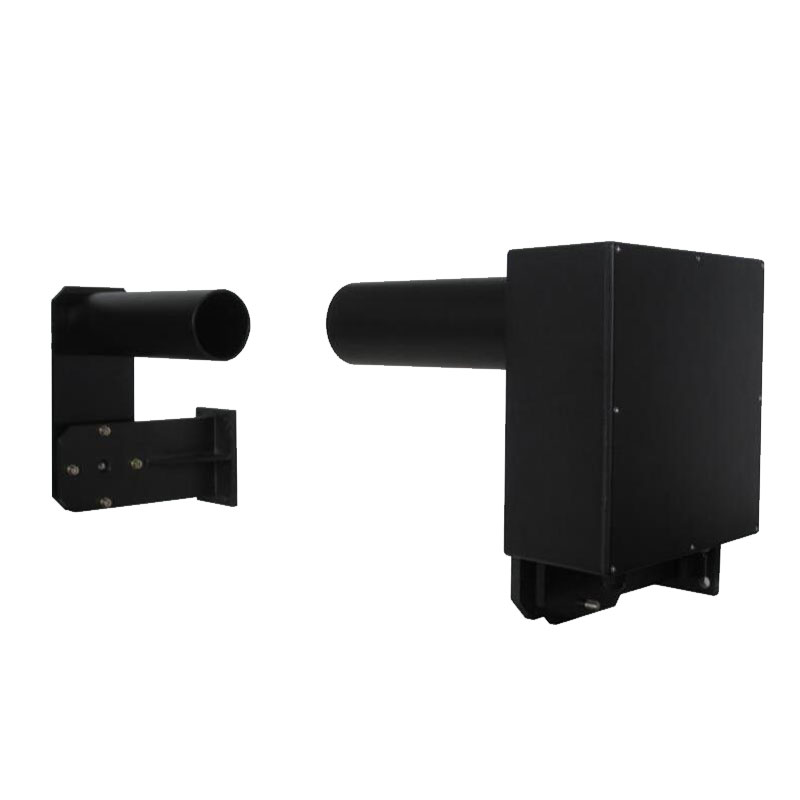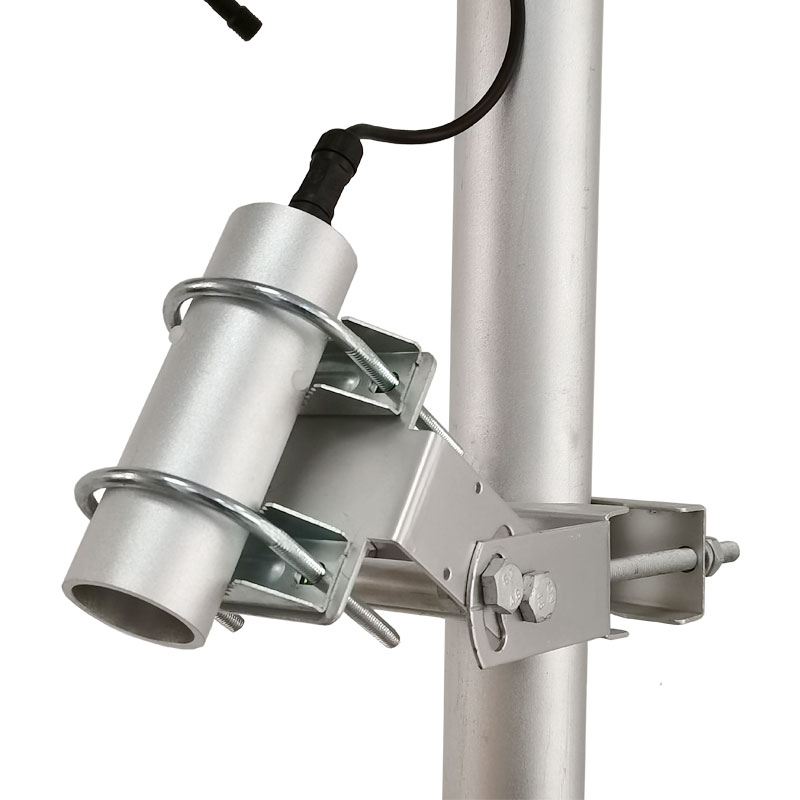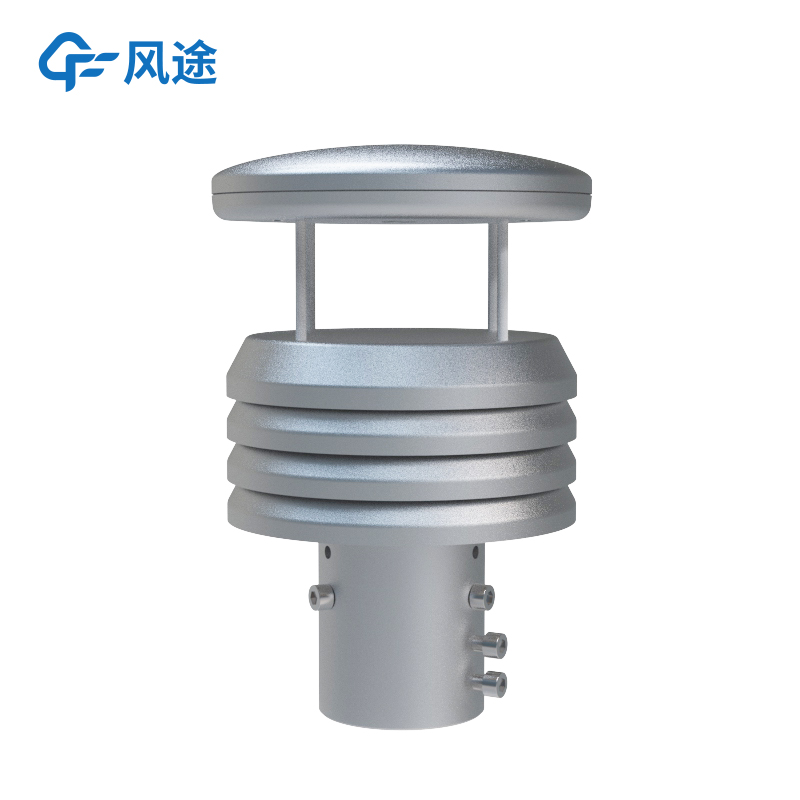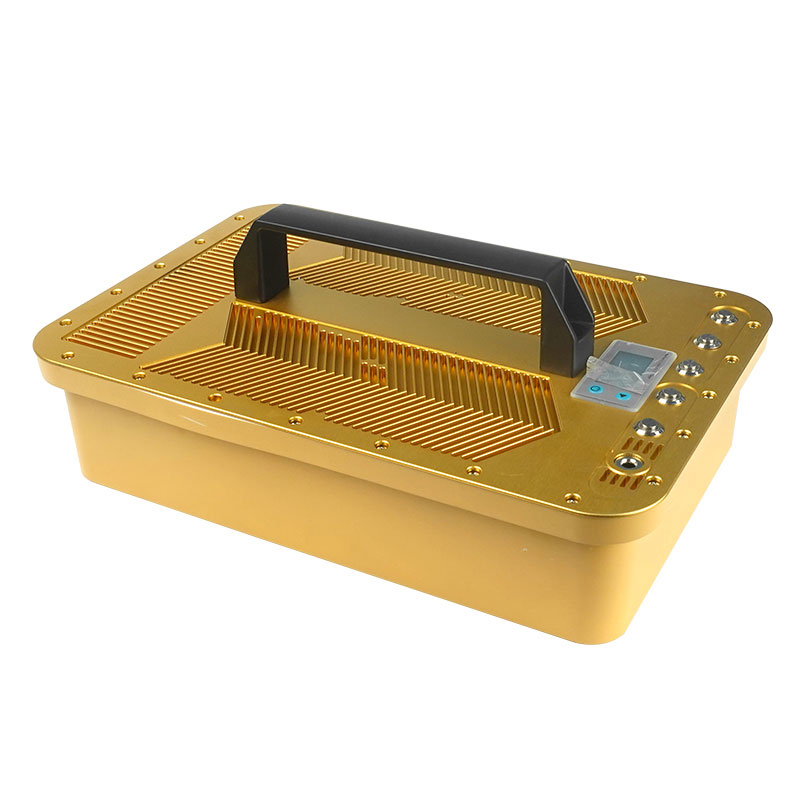Product
-
Weather station
-
Portable Weather Station
-
Weather Sensor
-
Visibility Monitoring
-
Cloud and aerosol observation
-
Atmospheric environment monitoring station
Recommended article
- Small weather station for rain, snow and wind monitoring
- Integrated forest fire risk factor monitoring station component
- What is an on-farm microclimate monitoring system?
- Negative Oxygen Ion Detector Company
- Small Weather Station Brand Ranking
- Small Intelligent Weather Station Manufacturer Recommendation
Contact us
Shandong Fengtu IOT Technology Co., Ltd
Sales Manager:Ms. Emily Wang
Cel,Whatsapp,Wechat:+86 15898932201
Email:info@fengtutec.com
Add:No. 155 Optoelectronic Industry Accelerator, Gaoxin District, Weifang, Shandong, China
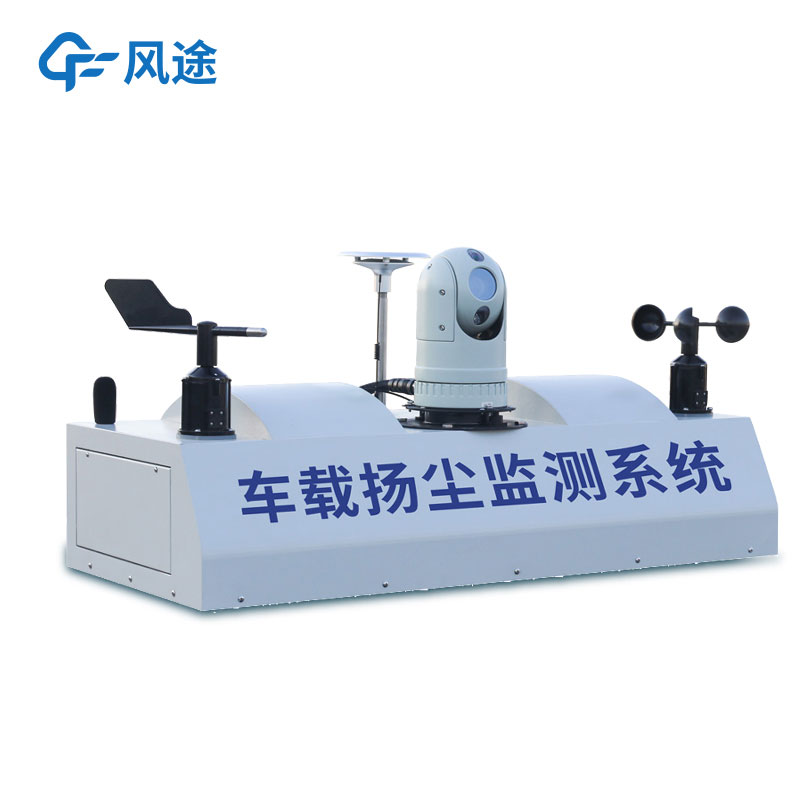
Vehicle dust noise monitor
Model:FT-ZY1
Brand:fengtu
Related products
1.Product introduction of Vehicle dust noise monitor
Vehicle dust noise monitor is mainly used for flow monitoring, dust noise emission at construction sites, storage yards, communities, factories and other places, spot checks and road dust noise monitoring.Vehicle dust noise monitor uses a laser as the light source, a light scattering fast dust meter. The measurement principle is: when light shines on particles suspended in the air, scattered light is generated. When the properties of the particles are certain, the scattered light intensity of the particles Proportional to its mass concentration, the particle mass concentration is obtained by measuring the scattered light intensity and applying the mass concentration K value.
The instrument can simultaneously monitor (PM10, PM2.5). The new dust measuring instrument has functions such as temperature and humidity compensation and automatic instrument calibration. It can effectively reduce the impact of temperature and humidity on measured values, improve measurement accuracy in high-humidity climate environments, and can Online continuous monitoring of airborne particles.
It has air inlet and outlet functions for dust sampling, and has a filter barrel device to protect the service life of the air pump and improve the overall service life of the instrument. It can continuously monitor in high-temperature environments, work stably and reliably in high-temperature environments at the installation site, and can work 24/7.
2. Technical parameters of Vehicle dust noise monitor sensor
1. Air temperature, humidity and air pressure sensors:
1.1 Basic principles
This series of products uses a highly integrated temperature and humidity sensor chip with digital output calibrated across the entire measurement range. It uses patented CMOSens technology to ensure that the product has extremely high reliability and excellent long-term stability. The sensor includes a capacitive polymer humidity sensitive element and a temperature sensitive element made of energy gap material. These two sensitive elements are designed on the same chip with a 14-bit A/D converter and a serial interface circuit. .
1.2 Basic parameters
Air temperature: Measuring range: -40℃-60℃ Resolution: 0.1℃ Measurement accuracy: ±3%
Air humidity: Measuring range: 0-100% Resolution: 0.1% Measuring accuracy: ±3%
Atmospheric pressure: Measuring range: 300~1100hpa Resolution: 0.1hpa Measurement accuracy: ±1hpa
2. Wind speed sensor
2.1 Functional features
Wind speed sensors are professional meteorological instruments used to measure the horizontal speed of wind. It adopts the traditional three-wind cup wind speed sensor structure. The wind cup is made of ABS material, which has high strength. At the same time, it cooperates with the internal smooth bearing system to start well and ensure the accuracy of information collection. The built-in signal processing unit in the cup can output corresponding wind speed signals according to user needs, and can be widely used in meteorology, oceans, environment, airports, ports, laboratories, industry, agriculture, transportation and other fields.
2.2 Technical parameters
Measuring range: 0-32.4m/s Accuracy: ±0.3m/s Starting wind speed: 0.2-0.4 m/s
Supply voltage: 7-24v DC
Output signal: 4-20mA
Wind speed value=(output voltage-0.4)/1.6*32.4
2.3 Dimensions and installation instructions
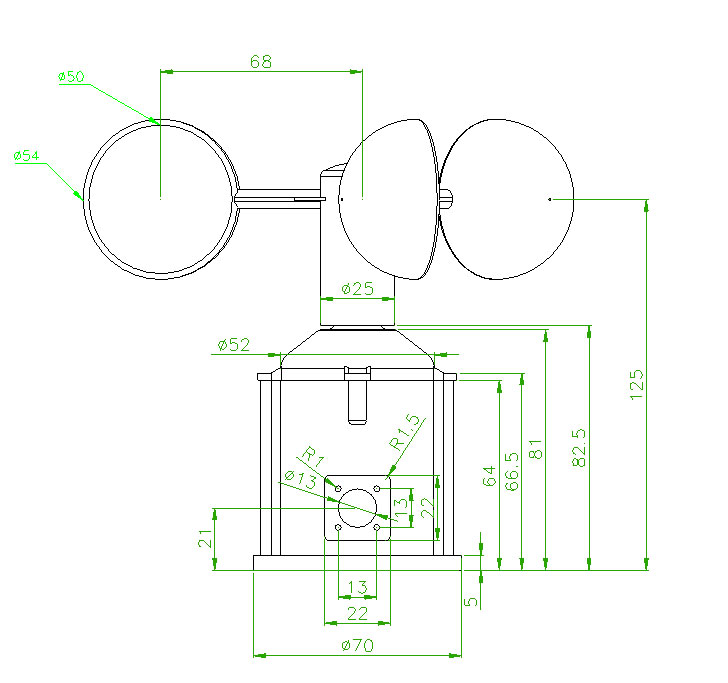
2.4 Fixing method
Using the flange installation method, the threaded flange connection firmly fixes the lower pipe fittings of the wind speed sensor on the flange. The chassis is Φ70mm. Four mounting holes of Φ5mm are opened on the circumference of Φ61mm. Bolts are used to secure it tightly to the bracket. to keep the entire set of instruments at optimal level to ensure the accuracy of wind speed data. The flange connection is easy to use and can withstand greater pressure.
3. Wind direction sensor
3.1 Functional features
A wind direction sensor is a professional meteorological instrument used to measure the horizontal direction of the wind. It uses a Hall angle sensor internally and uses a low-inertia light metal windvane to respond to the wind direction. When the wind direction changes, the tail rotation drives the shaft core magnet to rotate through the shaft, thereby outputting a changing voltage signal. It can measure the natural wind direction from 0 to 360 degrees starting from the label north. It is very cost-effective and can be widely used in meteorology, ocean, environment, airports, ports, laboratories, industry, agriculture, transportation and other fields.
3.2 Technical parameters
Measuring range: 0-360 degrees: (0.4V, or 4MA corresponds to 0 degrees, north direction)
Accuracy: ±1°
Starting wind speed: 0.3m/s
Supply voltage: 7-24v DC
Output signal: 4-20mA
Wind direction value=(output voltage-0.4)/1.6*360
3.3 Appearance and structure
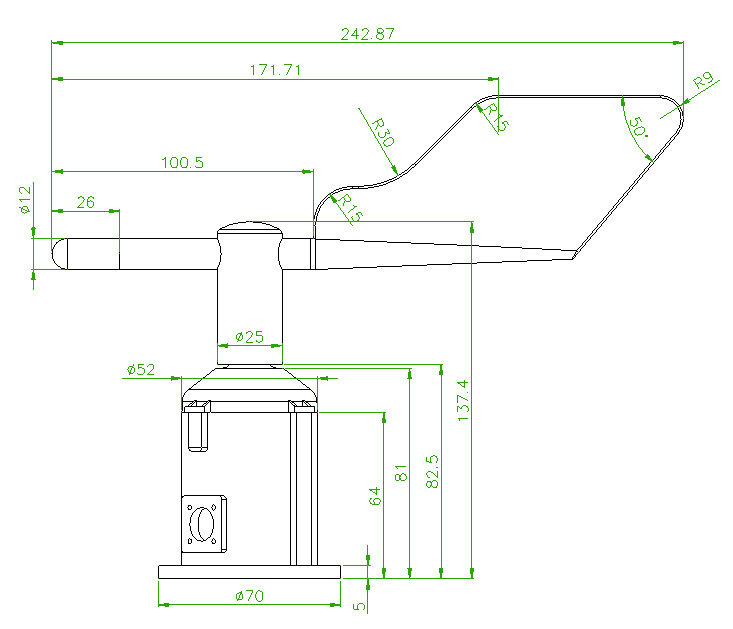
3.4 Fixing method
Using the flange installation method, the threaded flange connection firmly fixes the lower pipe fitting of the wind direction sensor on the flange. The chassis is Φ70mm. Four mounting holes of Φ5mm are opened on the circumference of Φ61mm, and bolts are used to secure it tightly to the bracket. to keep the entire set of instruments at optimal level to ensure the accuracy of wind direction data. The flange connection is easy to use and can withstand greater pressure.
Note: During installation and debugging, please align the arrow on the column with the actual north (a compass can be used to assist). A white label with a black arrow is attached to the black wind direction sensor;
4. Pump suction PM2.5, PM10 sensor:
Power supply voltage: DC12V
Maximum power consumption: (current 2.5A) about 30W
Output mode: RS485 (Modbus)
Monitoring principle: laser scattering
Dehumidification principle: heating dehumidification
Air pump flow: 2L/min
Dimensions: 230x175x90 (length, width and height)
Weight: about 1.85kg (excluding filter element)
Monitoring indicators:
PM2.5 measurement range: 0-999ug/m³ Resolution: 1ug/m³ Measurement error: ±10%
PM10 measurement range: 0-1999ug/m³ Resolution: 1ug/m³ Measurement error: ±10%
TSP measuring range: 0-4999ug/m³ Resolution: 1ug/m³ Measurement error: ±10%.
Noise measurement range: 40db~130db resolution: 0.5db measurement error: ±5% frequency range: 10-20KHz;
5. LED:
Conventional configuration, outdoor P8 monochrome LED single line display
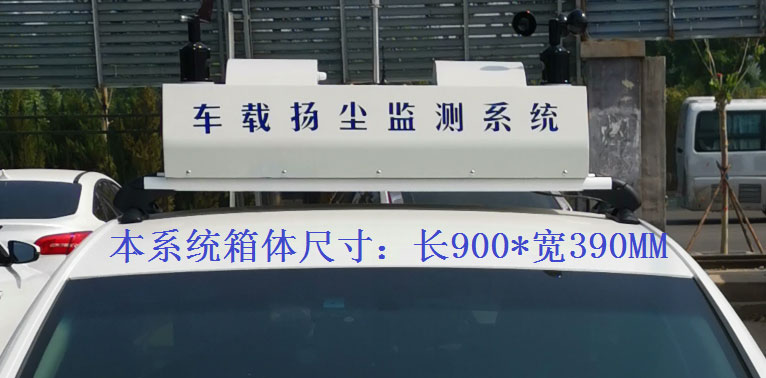
6. Collector parameters:
This data collector uses contemporary microelectronics technology to record, store, and display running sensor data. It has the characteristics of reliable operation, simple operation, and easy data collection and computer analysis. The collector can store the collected data directly into an ordinary USB flash drive. After the data collection is completed, the user can directly insert the USB flash drive into the collector to extract the data.
Power supply: DC12V/DC
Sensor communication: RS485 Modbus protocol
Network data: GPRS transmission
Internal clock: manual time adjustment
Data storage: automatic, maximum 160,000 items
Storage interval: 60-65535 can be set. Unit: seconds
RS485 interface: DB9 pin
Data export: USB port, 485 port to connect to computer, website download
Related article
-
Are field microclimate observatories useful?
2024-04-15 -
Agrometeorological Station, Intelligent Platform Integrating Internet of Things (IoT) Technology
2024-02-02 -
Role of grassland weather stations
2024-03-05 -
Negative Oxygen Ion Monitoring Equipment Visualising Current Negative Ion Levels
2024-04-11 -
What is a facility agro-weather station?
2024-02-04 -
Dust monitoring system for in-depth environmental protection
2024-02-20 -
8m manual common lightning rod recommended
2024-05-09 -
Introduction of an environmental protection equipment - beta-ray method dust monitor
2024-03-04


 Get a Free Quote
Get a Free Quote